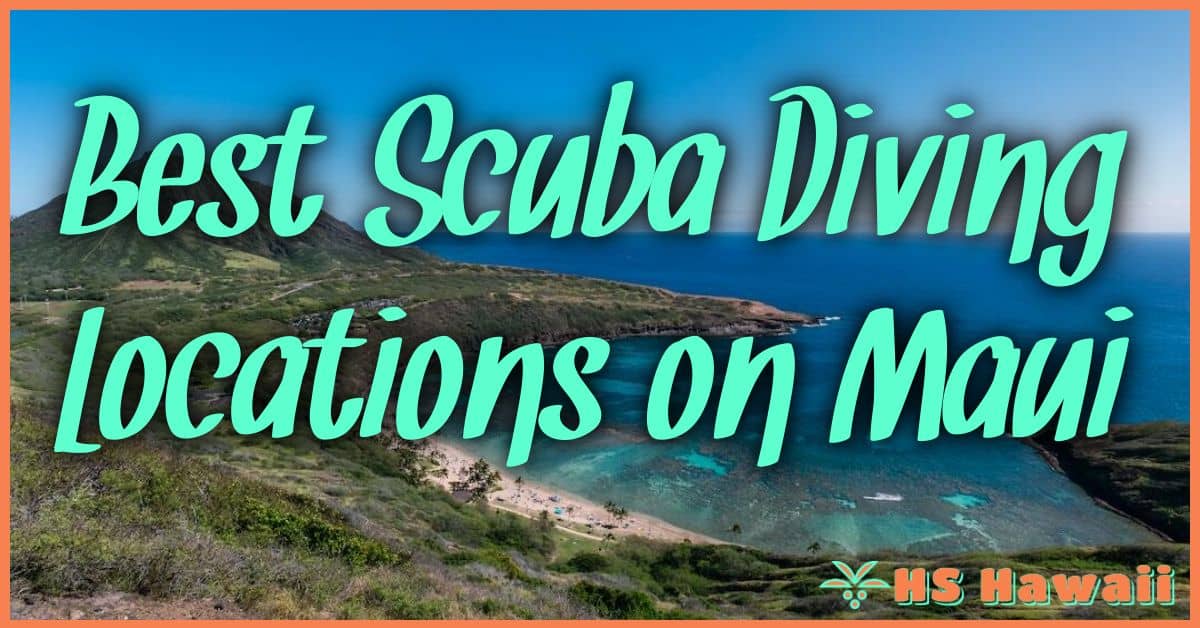When I planned my trip to Hawaii, I put seeing real volcanoes up close at the top of my list. You can explore these amazing places in many ways, from hiking through a crater to watching lava glow at night or cruising along the coast by boat.

The best volcano tours in Hawaii offer a safe and unforgettable way to experience these natural wonders.
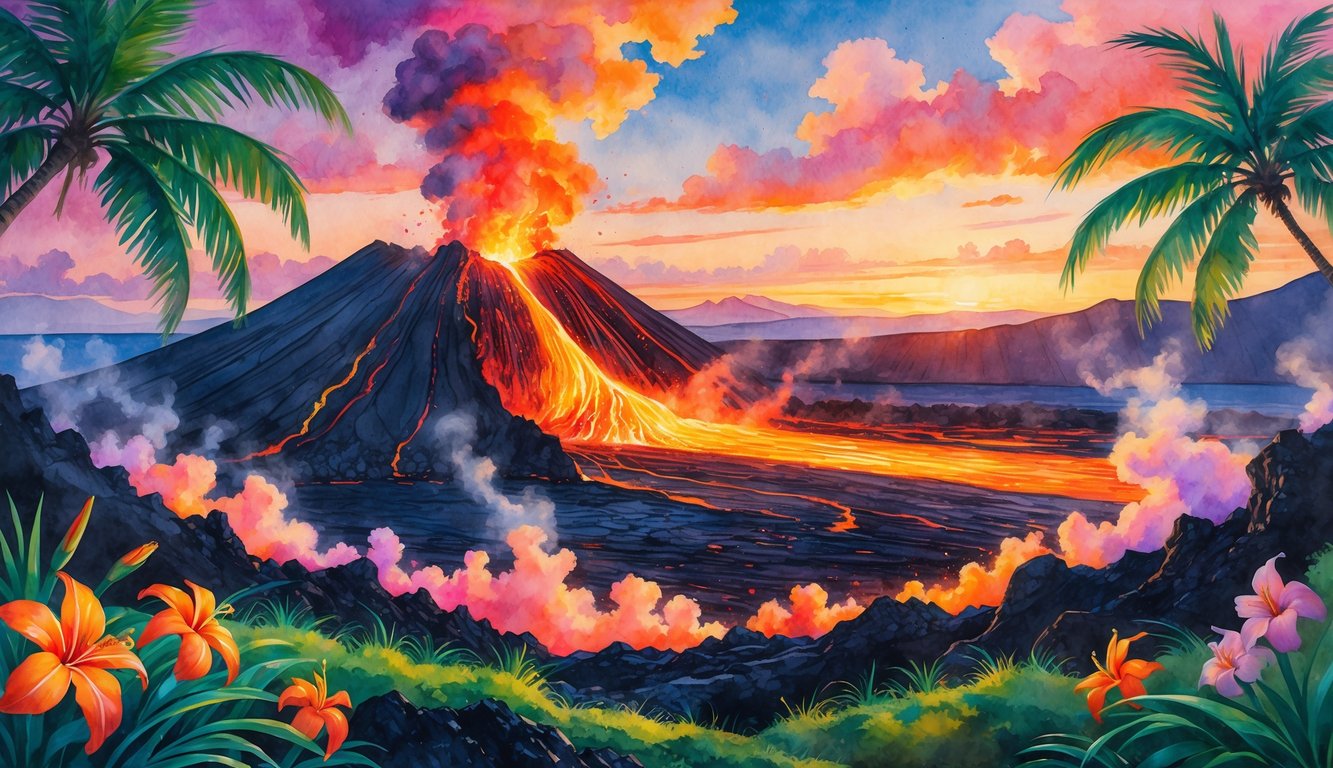
You don’t need to be a geologist or an extreme hiker to enjoy a volcano tour. Families, adventure seekers, and anyone who loves nature can find a tour that fits their interests.
From the famous Hawaii Volcanoes National Park to boat rides on the Big Island, Hawaii offers something for everyone who wants to see volcanoes in action.
If you want to know which tours are most popular or want to make your trip special, I’ll share my favorite ways to see volcanoes in Hawaii. Getting close to these powerful places is easier and more fun than you might expect—no special experience required!
Why Choose Hawaii for Volcano Tours?
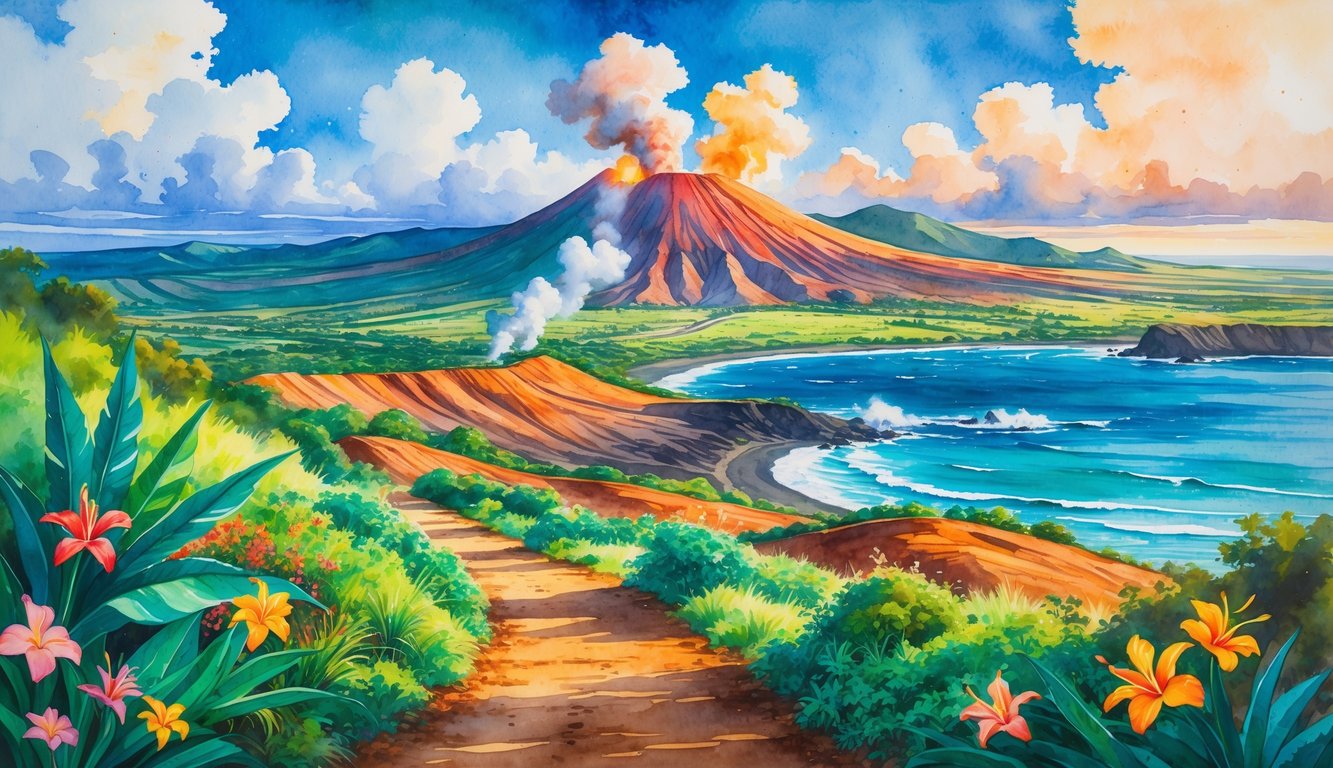
I love visiting Hawaii for volcano tours because the islands have dramatic landscapes and real volcanic activity. You can see lava fields, craters, and even active volcanoes today.
Unique Geology and Volcanic Activity
Hawaii’s geology fascinates me because volcanoes shape every island. Volcanic eruptions start underwater and build up into tall landmasses.
This process forms lava tubes, craters, black sand beaches, and wide lava fields. The Hawaiian Islands sit on a hotspot—a place in the earth’s mantle where magma rises up and creates volcanoes in the Pacific Ocean.
This rare hotspot activity makes Hawaii different from other volcanic places. Some tours take you to Hawaii Volcanoes National Park, where you see active vents, steaming calderas, and walk on recent lava flows.
Active Volcanoes Across the Hawaiian Islands
I’m drawn to Hawaii’s volcano tours because several volcanoes are still active. On the Big Island, Kilauea and Mauna Loa stand out.
Kilauea is one of the world’s most active volcanoes, often glowing with lava lakes or showing off molten rock at night. Mauna Loa is the largest volcano by volume, and its size is impressive.
Maui has the dormant Haleakalā volcano, where you can hike through huge craters and watch sunrise above the clouds. Its shield volcano shape and deep valleys offer a different kind of adventure.
These volcanoes are spread across the islands, so you have many options to tour, hike, or watch volcanic activity. Many tours also include rainforests, waterfalls, and black sand beaches for even more excitement.
Top Destinations For Volcano Tours In Hawaii
Hawaii’s volcanic landscapes create unique experiences for adventure seekers and nature lovers. Each destination has its own highlights, from active lava flows to scenic viewpoints and guided hikes.
Big Island: The Heart of Hawaiian Volcanoes
When I think about volcano tours in Hawaii, the Big Island stands out. It has most of the state’s active and dormant volcanoes, including Kilauea, Mauna Loa, Maunakea, and Hualalai.
The Big Island’s landscapes always surprise me. You can walk across black lava fields, explore rainforests, or visit local villages.
Some tours let you experience the contrast between snowy Maunakea and the steaming vents of Kīlauea. Tours often stop at black sand beaches, lava tubes, and coffee farms.
You can see vibrant sunsets and, if you’re lucky, glowing lava at night. The Big Island offers the widest range of volcano adventures. For more details, I check the best volcano tours on the Big Island.
Hawaii Volcanoes National Park
Hawaii Volcanoes National Park is a must-see for anyone interested in volcanoes. The park includes both Kilauea and Mauna Loa.
I find it easy to explore, with well-marked trails and viewing platforms. The Kīlauea Visitor Center has educational exhibits, and paved paths lead to Sulphur Banks and steam vents.
Guided hikes take you close to active craters and recent lava flows. Ranger programs explain how volcanoes shape the island.
I always visit the Thurston Lava Tube, a tunnel formed by flowing lava. Crater Rim Drive offers great lookout points, especially Halemaʻumaʻu Crater, which glows red during eruptions.
Every visit feels different because volcanic activity changes the park often. I check the latest conditions on Hawaii’s best volcano tours.
Kilauea and Mauna Loa
Kilauea is one of the world’s most active volcanoes. I’ve watched it erupt and send lava flows across the land, creating new ground and steam clouds.
Nighttime visits feel especially dramatic, with glowing lava lighting up the sky. Mauna Loa is the largest active volcano on Earth.
Even when it isn’t erupting, its size is impressive. Hiking up Mauna Loa takes you through different climate zones and gives changing views of the island.
Kīlauea’s caldera is easy to reach by car or foot, so it’s popular for families. Mauna Loa’s longer trails attract experienced hikers.
Both volcanoes are important in Hawaiian history and culture. Tours often include stories and legends from local guides. For guided options, I check these recommended volcano tours.
Volcanoes on Maui: Haleakala
Maui’s main volcano, Haleakala, rises over 10,000 feet above sea level. The crater at its summit is huge—large enough to fit a city.
Sunrise at Haleakala is famous for its colors, and many tours leave early for this view. The landscape at the top feels almost like another planet, with red cinder cones and volcanic rocks.
During the day, I see rare Hawaiian plants and sometimes native birds. Some hikes go from the high slopes down into the crater.
Biking tours down Haleakala offer a fast, fun way to see the scenery. While Haleakala is dormant, it’s still a major part of Maui’s story and offers a different experience from the Big Island volcanoes.
There are plenty of tour options for every traveler, as you can see from Maui’s volcano tour selection.
Types of Volcano Tours Available
Different volcano tours suit different travelers. Some visitors want to hike along volcanic trails, while others prefer to see everything from above or ride in a tour bus.
Each type of volcano tour offers a unique experience and covers different parts of the Big Island and Hawaii Volcanoes National Park.
Guided Hiking Adventures
On a guided hiking adventure, I get close to the volcanoes’ beauty and power. Trained guides lead small groups along safe lava fields and through rainforests.
We visit steam vents, old craters, and sometimes recent lava flows. Some tours, like the triple crater Hawaii volcano hiking adventure, visit several craters in one trip.
Many hiking tours include time inside Hawaii Volcanoes National Park. Guides share facts about the park, plants, and geology.
These tours can last a few hours or a full day. Most hikes are moderate and good for families, but some treks are more challenging for those seeking adventure.
Helicopter and Aerial Tours
When I want a new view, I choose a helicopter tour. Aerial tours show volcano craters, rainforests, and black lava fields from above.
From the sky, I can spot places like flowing lava (if there’s an eruption), Halema‘uma‘u Crater, and the coastline where lava meets the ocean. Pilots explain what we see through headsets, making the flight educational and exciting.
Helicopter tours cover large areas quickly, so I can see several volcanoes in one trip. Some tours fly above Kilauea and Mauna Loa.
These trips are perfect for amazing photos or if you don’t have much time to hike. For more details, check out Big Island volcano tours by air.
Bus and Scenic Drive Tours
If I want comfort and great views, I pick bus or scenic drive tours. These packages take me to top sites in and around Hawaii Volcanoes National Park.
I see volcanic craters, lava tubes, and old lava flows without much walking. Most bus tours stop at major viewpoints, and tour guides share facts about the area’s geography and history.
I can relax in the air conditioning while someone else drives. Some tours also stop at local shops or coffee farms.
Trips often last most of the day and may include meals or snacks. For travelers of all ages and abilities, bus tours offer an easy way to experience a real Hawaii volcano tour.
Must-See Volcanic Attractions and Experiences
Hawaii gives you a rare chance to see volcanic activity up close. From glowing lava flows to deep caves and huge steam vents, each spot feels unique and exciting.
Witnessing Lava Flows and Molten Lava
I love visiting Hawaii’s volcanoes to watch flowing lava. You can often find active lava at Hawaiʻi Volcanoes National Park on the Big Island, where Kīlauea is one of the world’s most active volcanoes.
During an eruption, you might see glowing rivers of molten lava slowly move across the land or pour into the ocean. The view at night is incredible—the red, orange, and yellow colors of the lava light up the darkness.
Some guided tours offer safe walks to spots where you can view recent flows or old lava fields. Helicopter rides give you a bird’s-eye view and let you see areas that are hard to reach on foot.
Exploring Lava Tubes and Caves
Hot lava moves under the surface and creates lava tubes and caves. When the flow stops, it leaves behind long, tunnel-like passages.
Walking through a lava tube shows me how powerful nature can be. The Thurston Lava Tube (Nāhuku) is one of the easiest to explore and is located right inside Hawaiʻi Volcanoes National Park.
It’s fully lit and just a short walk from the road, making it perfect for families and beginners. The Kaumana Caves are another impressive lava tube.
These caves are longer, darker, and wilder than Thurston, so I always bring a flashlight and sturdy shoes. It feels cool and a bit spooky to see tree roots hanging from the ceiling and shiny rocks left by the molten lava.
Volcanic Craters and Steam Vents
Hawaii’s volcanic craters let you see the heart of an ancient volcano. At the summit of Kīlauea, the Halemaʻumaʻu Crater stands out and sometimes has a visible lava lake.
When I visit, I see steam rise from cracks around the rim. Rainwater seeps into hot rocks below and escapes as steam.
Safe viewing areas let you take photos and get close-up views. Kīlauea Iki Crater is also breathtaking.
Hiking across its floor lets me walk through an old lava lake, still marked by cracks and steam vents. The ground feels warm in places, and colorful mineral deposits cover the black rock.
Simple signs along the trail explain what happened during the last big eruption. These signs make the hike even more interesting.
Planning Your Hawaii Volcano Tour
I want my Hawaii volcano tour to be safe, fun, and full of amazing sights. To make the most of the trip, I consider the best time to visit, what kind of tour package to choose, and why a certified local guide matters.
Best Time to Visit and What to Expect
The dry season, from April to October, is the best time for a volcano tour in Hawaii. I find the weather sunnier and there’s less chance of heavy rain.
This makes hiking across lava fields and exploring outdoors safer and more pleasant. If I book my tour in the winter, from November to March, I might face more rain or cloudy weather.
Clouds can sometimes block views of the volcano craters or slow down outdoor activities. Sunrise and sunset tours are beautiful, but I always bring a light jacket because mornings and evenings are cool at higher elevations.
Most tours include sightseeing, short hikes, and stops for a meal or snack. Some even offer a picnic lunch in scenic spots.
I remember that seeing active lava isn’t always possible, because volcanic activity changes. Even without visible lava, I can still explore breathtaking craters and old lava flows, especially in Hawaiʻi Volcanoes National Park.
Tour Packages and Group Sizes
When I choose a tour, I look at different volcano tour packages. Some tours last a few hours, while others take the whole day.
Options include group tours, private tours, helicopter flights, and boat trips. Most visitors pick small group tours to meet people and enjoy a social experience.
Group sizes usually range from 6 to 12 people, which makes it easy to ask questions and move around the volcano sites. Private tours offer more flexibility and personal attention, but they usually cost more.
I like tours that include extras like meals, park entrance fees, and transportation. Some of the best volcano tours in Hawaii even combine volcano viewing with nature walks or visits to local farms.
For hiking fans, I check if a tour includes guided hikes or just short walks.
Certified Local Guides
A certified local guide makes my volcano tour even better. Certified guides know a lot about the land, geology, and Hawaiian culture.
They often share stories I wouldn’t learn anywhere else. I feel safer with a guide, especially if I’m hiking near the craters or walking on rugged lava fields.
Certified guides help follow park rules and keep visitors safe. They answer questions about volcanoes, history, and Hawaiian legends.
Local guides can point out rare plants, help spot native birds, and show the best photo spots. On some tours, I get to taste local snacks or join in traditional activities.
Choosing a tour led by a certified local guide is one of the best ways to explore Hawaii and enjoy the adventure.
Travel Logistics and Tips
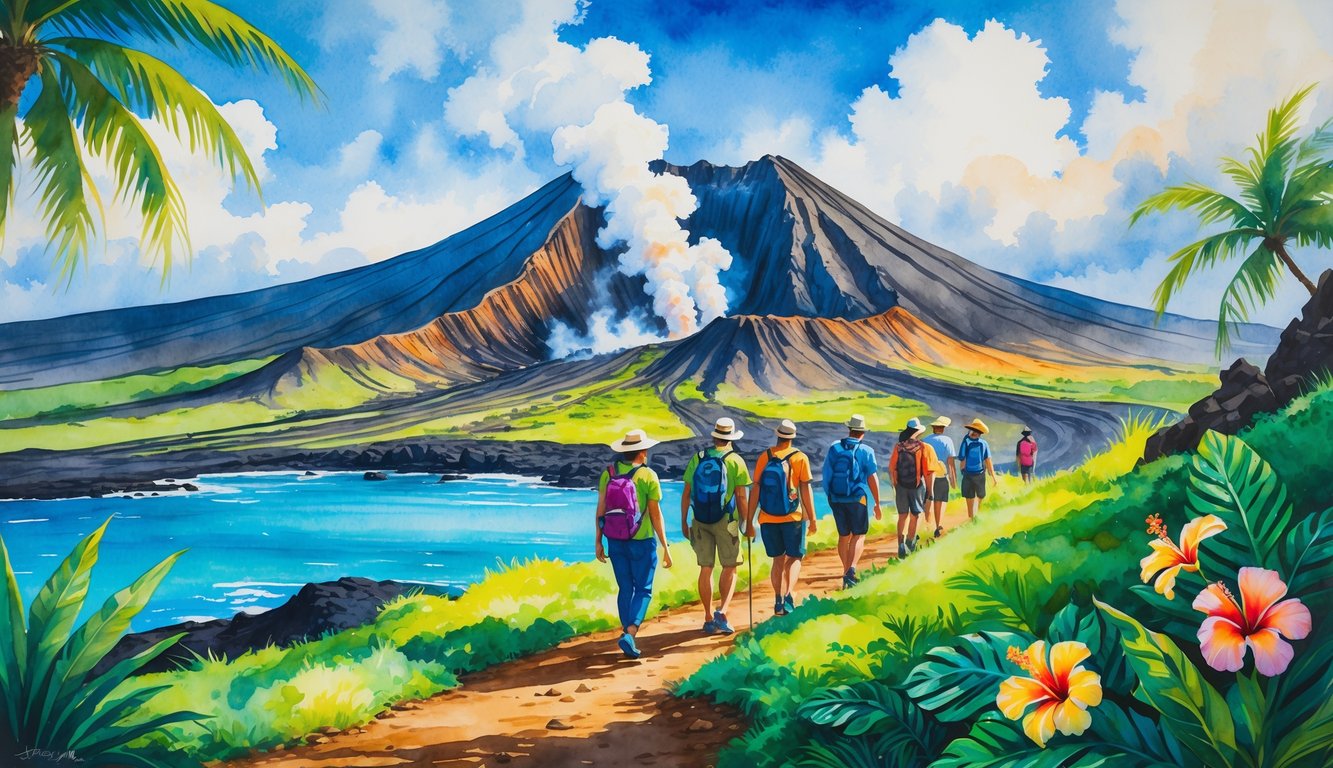
To get the most out of a volcano tour in Hawaii, I learn how to get around, which airports are best, and what’s included with the trip. I always look for clear travel details and ways to make the journey easier.
Getting to the Big Island
Most tours on the Big Island start from Kona or Hilo. I usually fly into Kona International Airport (KOA) near Kailua-Kona and the Waikoloa resorts, or Hilo International Airport (ITO) on the island’s east side.
If my tour leaves from Kona, I try to book a flight directly into KOA. It’s closer to popular hotels and the western coast.
For tours near Hawaii Volcanoes National Park, flying into Hilo often saves time because the park is only about a 45-minute drive from Hilo. Direct flights to the Big Island are available from several mainland U.S. cities, but many people connect from Honolulu.
I sometimes stay a night near my arrival airport, especially for early tours, to make my schedule easier.
Inter-Island Flights and Transportation
When I plan an inter-island trip, I use Hawaiian Airlines or Southwest. These airlines have frequent flights from Oahu, Maui, and Kauai to both Kona and Hilo.
An inter-island flight takes about 40–50 minutes. I book inter-island flights in advance, especially during busy seasons.
Renting a car is often the best way to get around, especially if the tour doesn’t include transportation from my hotel. Some tours offer pick-up service from major towns like Kailua-Kona and Hilo, so I check if that’s available.
If not, I compare car rental prices early, since they can sell out or get expensive.
Park Entrance Fees and Inclusions
Hawaii Volcanoes National Park charges an entrance fee. As of 2025, the fee is about $30 per private vehicle and covers everyone inside for up to seven days.
Many guided tours include this fee in the tour price. I double-check the details, since some tours expect participants to pay at the gate.
Some day tours offer extras like meals, bottled water, or park admission. If I book a budget-friendly tour, I make sure to factor in these extra costs.
Visiting certain areas of the park may need a special permit or additional adventure.
Round-Trip Transportation Options
Most volcano tours on the Big Island include round-trip transportation from major hotels in Kona, Waikoloa, or Hilo. Door-to-door pickup lets me relax and avoid driving or parking.
If I stay at a rental or in a remote area, I sometimes meet the tour group at a central spot, like a hotel near the main highways. This is common for small-group or hiking tours.
Many of the best volcano tours use luxury vans or larger buses, depending on group size. I look for air-conditioned vehicles, plenty of rest stops, and experienced drivers.
For busy days or peak season, booking round-trip options early usually ensures a smooth trip.
Beyond the Volcano: Additional Sights and Activities
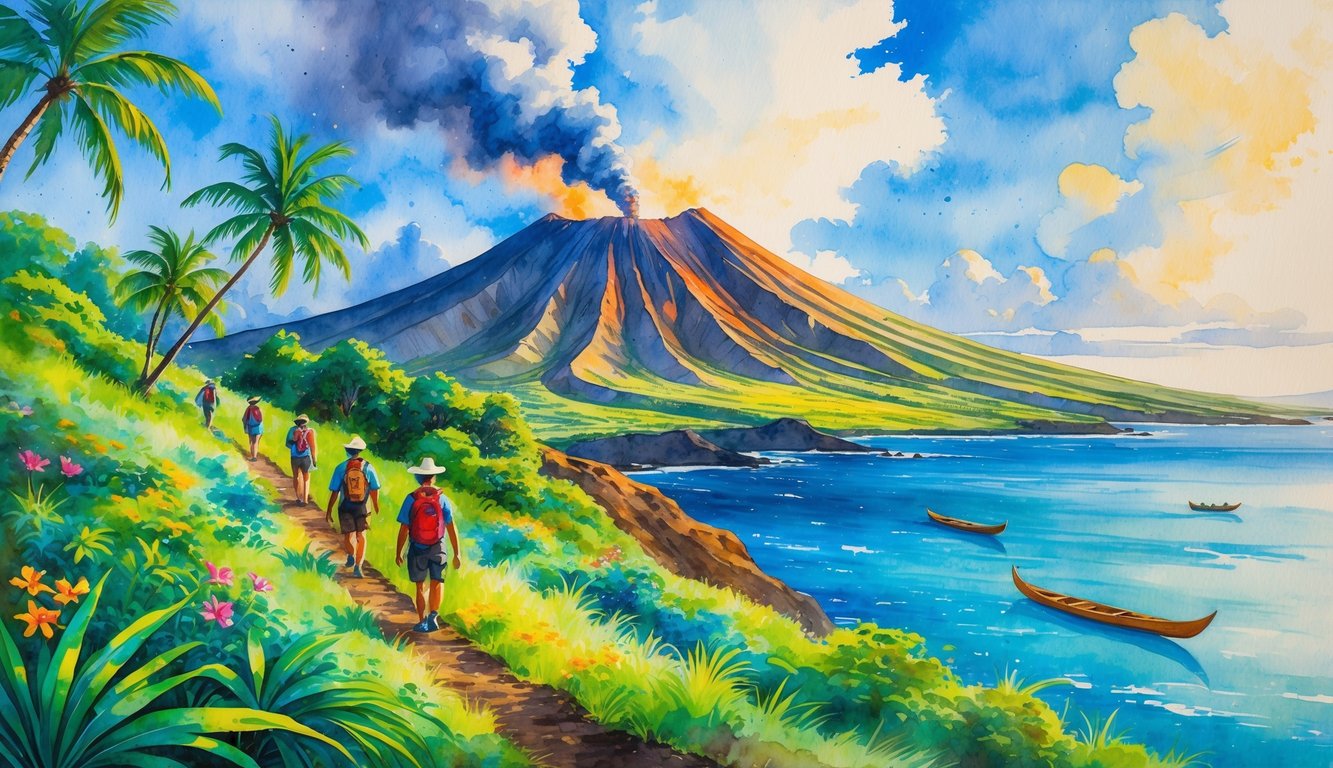
There’s so much to see and do near Hawaii’s volcanoes. I found that these extra adventures made my trip even more special.
Black Sand Beaches and the Hamakua Coast
I was amazed when I visited Punalu’u Black Sand Beach. The sand here is really black because cooled lava created it.
I even spotted green sea turtles resting on the shore, which was unforgettable. The Hamakua Coast shows another side of the Big Island.
Driving along this coast, I saw tall cliffs, lush valleys, and waterfalls like Akaka Falls and Rainbow Falls. Some spots have small towns where I could try fresh island fruit and local snacks.
I made a habit of stopping at lookout points. The views of the Pacific Ocean crashing against tall sea cliffs were breathtaking.
Walking through the small botanical gardens near Hilo let me see rare Hawaiian plants and colorful flowers in the rainforest.
Snorkeling and Other Outdoor Adventures
Snorkeling near the volcanic coastline was a highlight for me. The water is clear, and I saw vibrant fish and sometimes sea turtles.
The area near Kealakekua Bay is especially known for its marine life and calm water. For more adventure, I tried hiking in Hawaii Volcanoes National Park.
Some guided hikes took me close to old lava flows and craters. If you want something more relaxing, you can book a volcano sightseeing tour that includes visits to waterfalls, rainforest walks, or thermal ponds.
People who like to bike or zipline can find tours along the Hamakua Coast. The mix of ocean views, forest trails, and volcanic landscapes kept every outdoor activity fresh and exciting.
Cultural and Geological Insights
Learning about the volcanic history gave me a better understanding of the island.
Local museums and visitor centers share stories about eruptions and geology. They also tell legends of Pele, the Hawaiian volcano goddess.
I enjoyed talking to guides who explained how the islands formed from undersea volcanoes.
Many places display the power and beauty of lava. Interactive exhibits let me touch volcanic rocks and see how new land forms.
Cultural stops, like old sugar mill ruins or small Hawaiian temples along the coast, showed me local traditions.
Some tours include visits to coffee farms and art galleries. There’s plenty to explore beyond the natural wonders.


